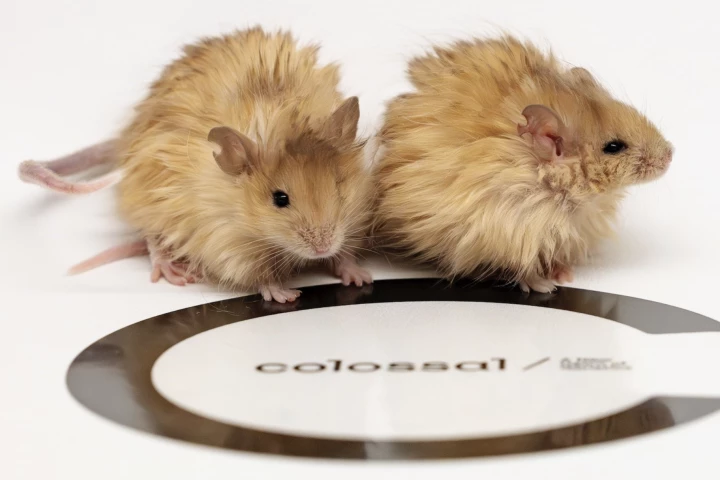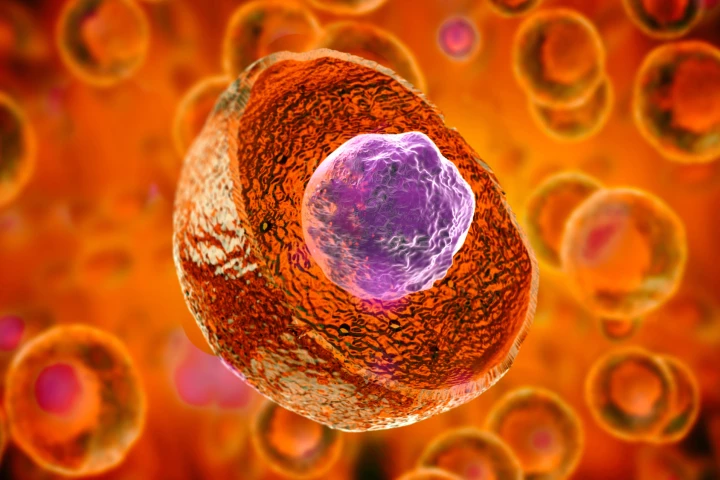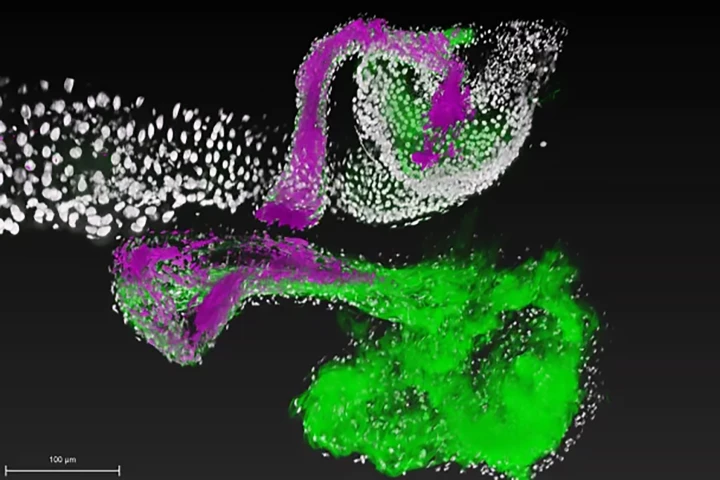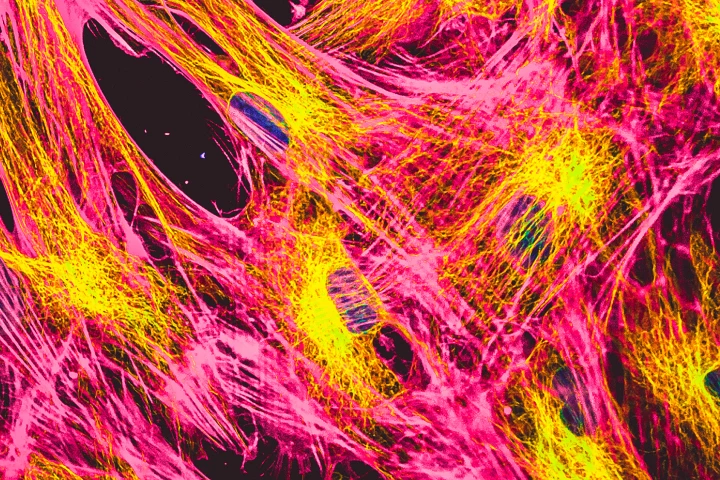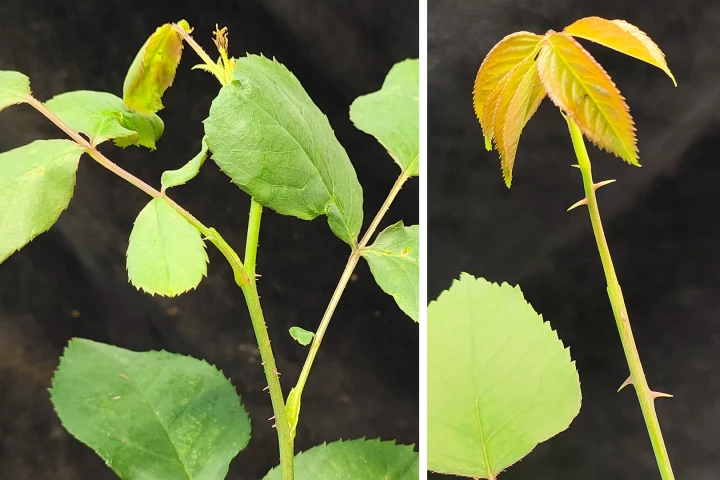Genetic engineering
-
By eliminating the essential amino acid cysteine from the diets of mice, and disabling their ability to produce it, scientists have induced rapid and dramatic weight loss. The technique opens a new pathway to explore in weight-loss science.
-
Scientists have identified new gene modifications that can make tomatoes and eggplants grow bigger, which could help boost yields in developing countries.
-
The quest to resurrect the woolly mammoth has taken another step forward, with the creation of the Colossal Woolly Mouse. The lab-made rodents have been genetically altered to possess key physical traits of the extinct beasts – in fur and fat, at least.
-
Transplanting insulin-producing cells along with engineered blood-vessel-forming cells has successfully reversed type 1 diabetes in a new preclinical study. With further testing, the novel approach could one day cure the as-yet incurable condition.
-
Researchers have created a way to guide and control the development of stem cells into specific tissues and organs, opening the door to developing a means of one day tackling complex diseases like diabetes and Parkinson’s disease.
-
Working with a line of colon cancer cells, Korean researchers figured out a way to throw a few genetic switches to cause the cells to revert back to a healthy state. The technique could have major implications in the way we approach cancer treatment.
-
Beneficial bacteria occupy specific regions in the gut, contributing to our health via the microbiome. A new study has identified the genes that good bacteria use to colonize these regions, opening the door to creating engineered probiotics.
-
A new kind of cancer gene therapy can be remotely activated at a specific part of the body. The team developed a version of CRISPR that responds to ultrasound, and demonstrated how it can be used to clear cancer in mice.
-
Not only have researchers identified how a common cellular protein affects aging, but they’ve tweaked the genes that produce it in fruit flies, extending healthy lifespan by 25% to 30%. The discovery opens the door to healthier aging in humans.
-
Most of us don’t eat as much fruit and veggies as we know we should, but that goal might now be a bit more achievable. Scientists in Spain have engineered a new “Golden Lettuce” with 30 times more nutrients than the regular green stuff.
-
Everybody loves roses, but we'd probably love them even more if they didn't have those sharp thorns. Well, scientists have found a way of growing thornless roses, and their findings could lead to easier-to-harvest crops.
-
There could soon be a non-toxic, longer-lasting and less-smelly alternative to DEET for repelling mosquitos. Scientists have created genetically engineered human skin bacteria that are unappealing to the irritating and disease-spreading insects.
Load More


